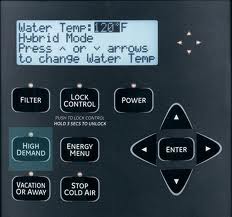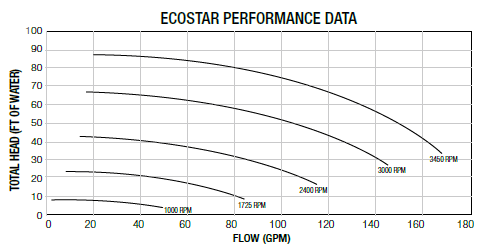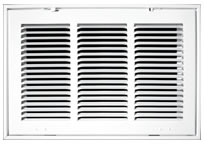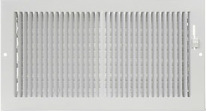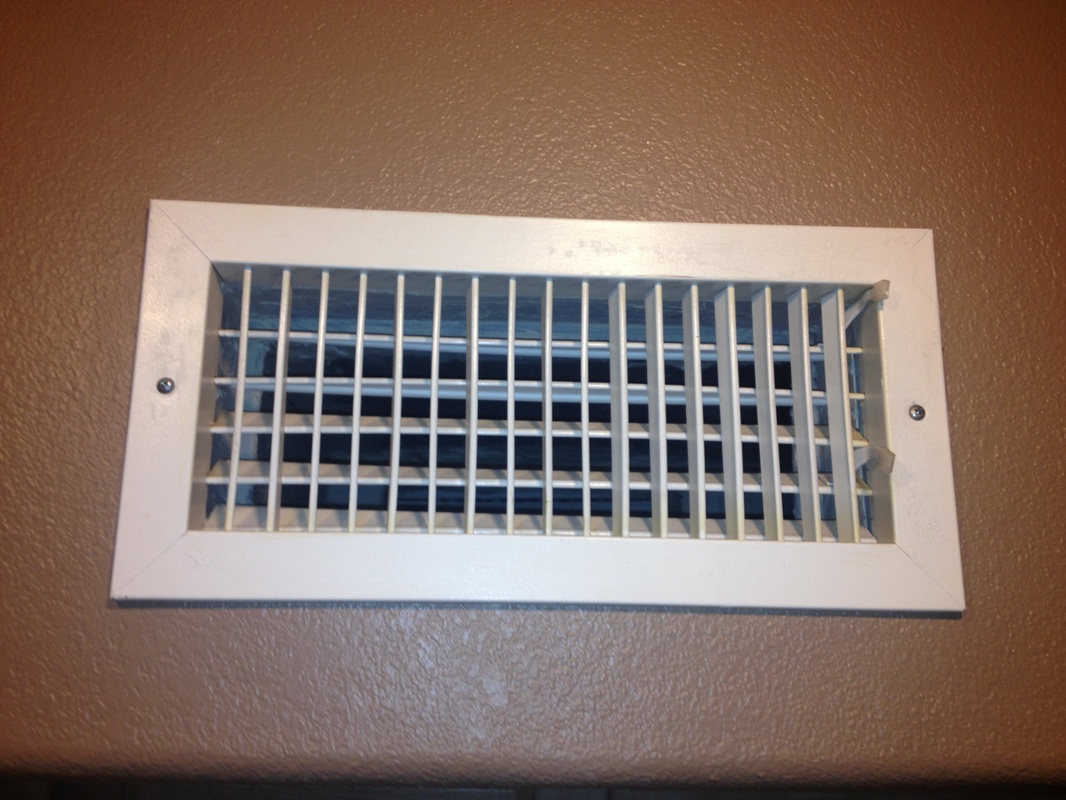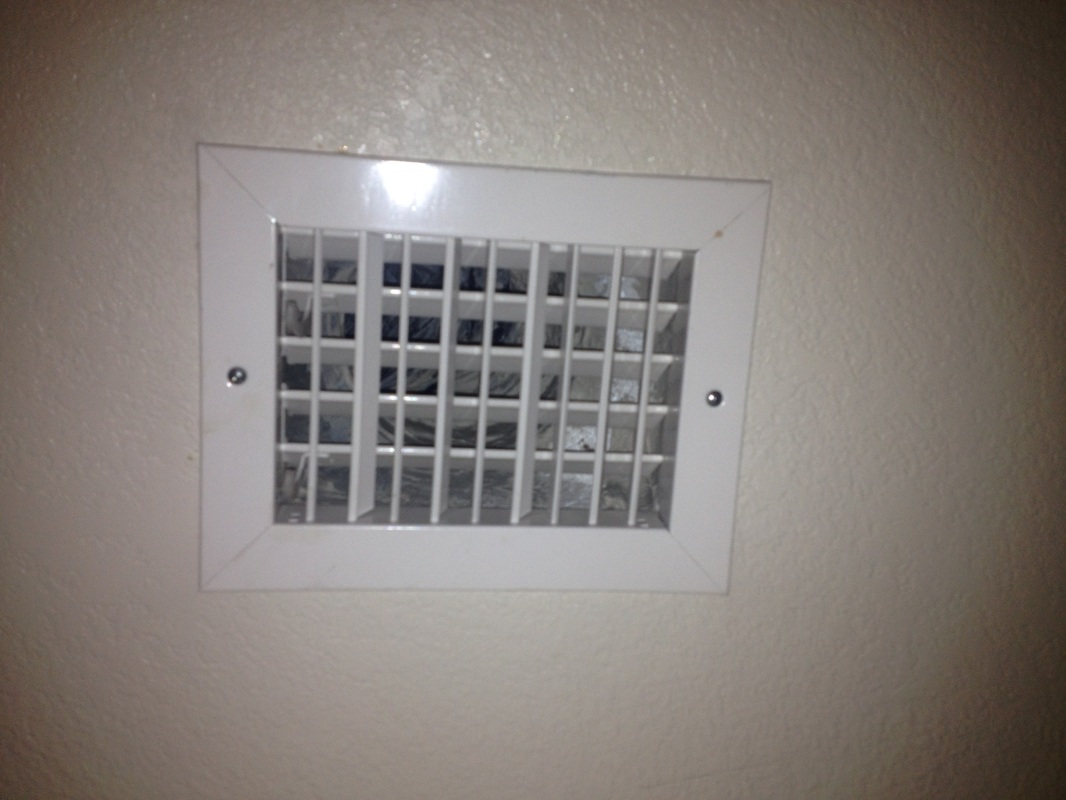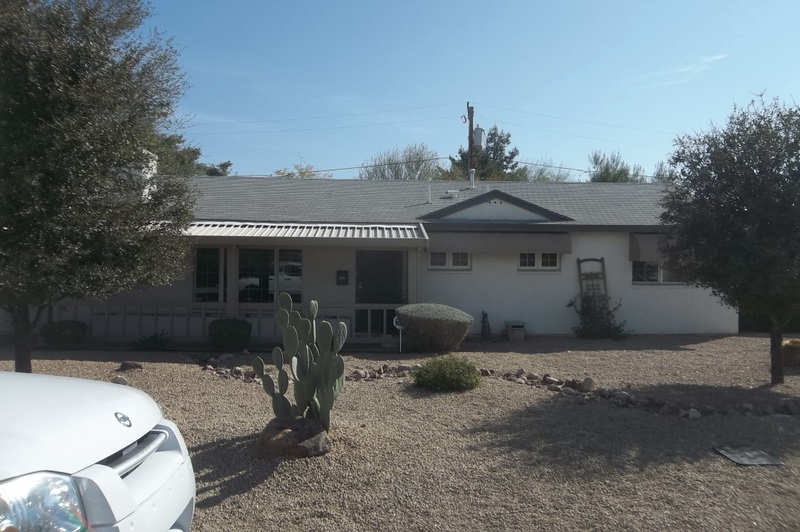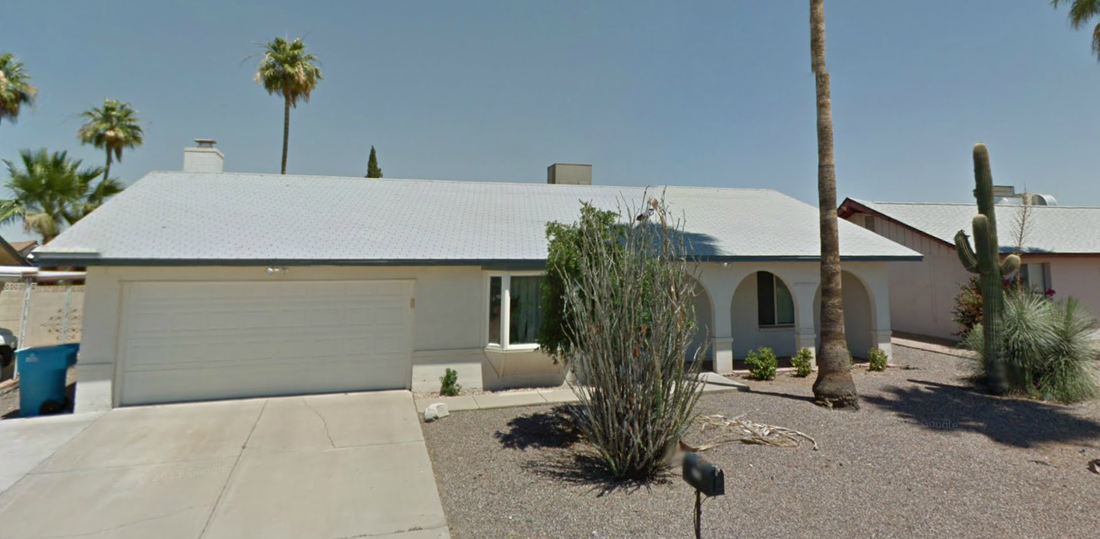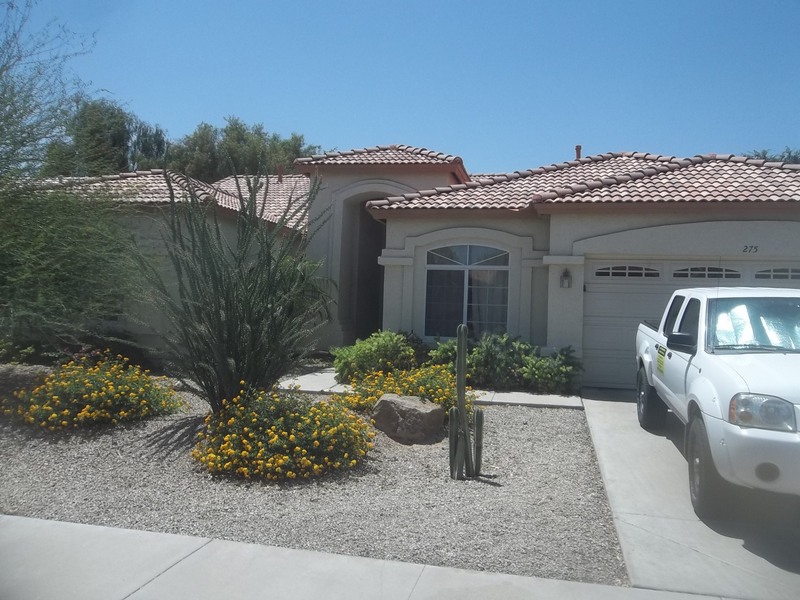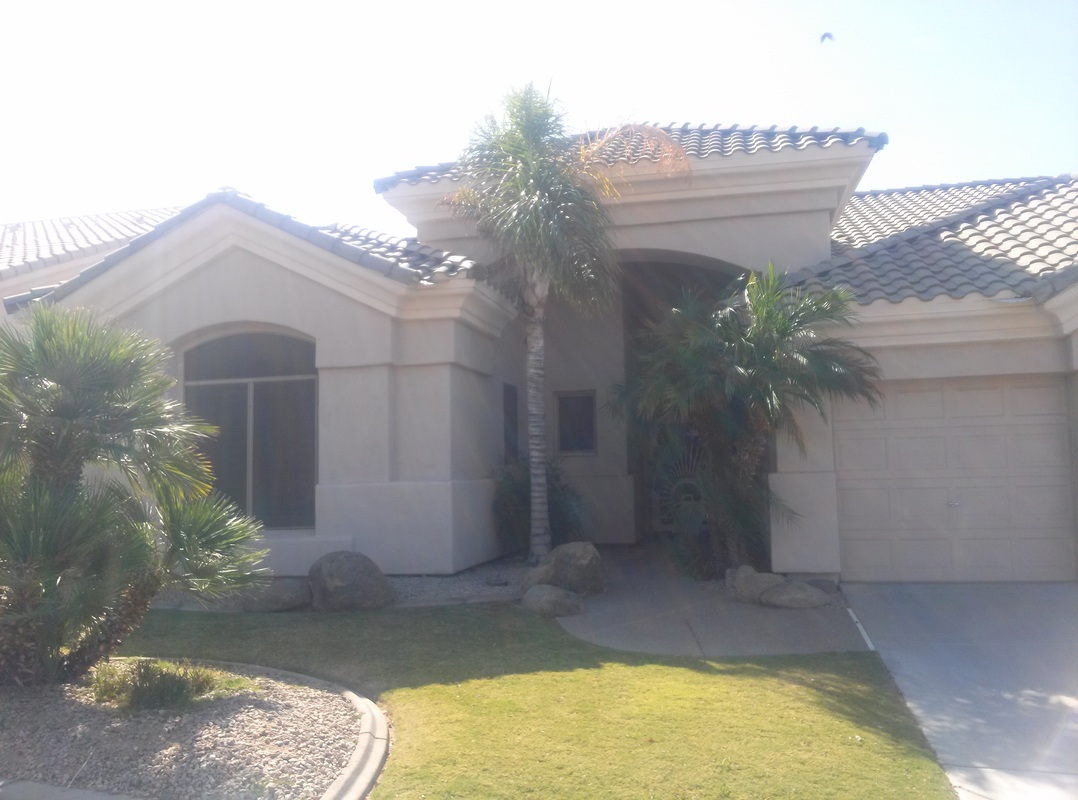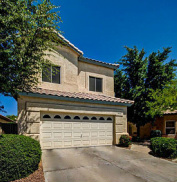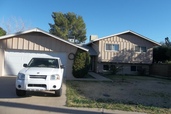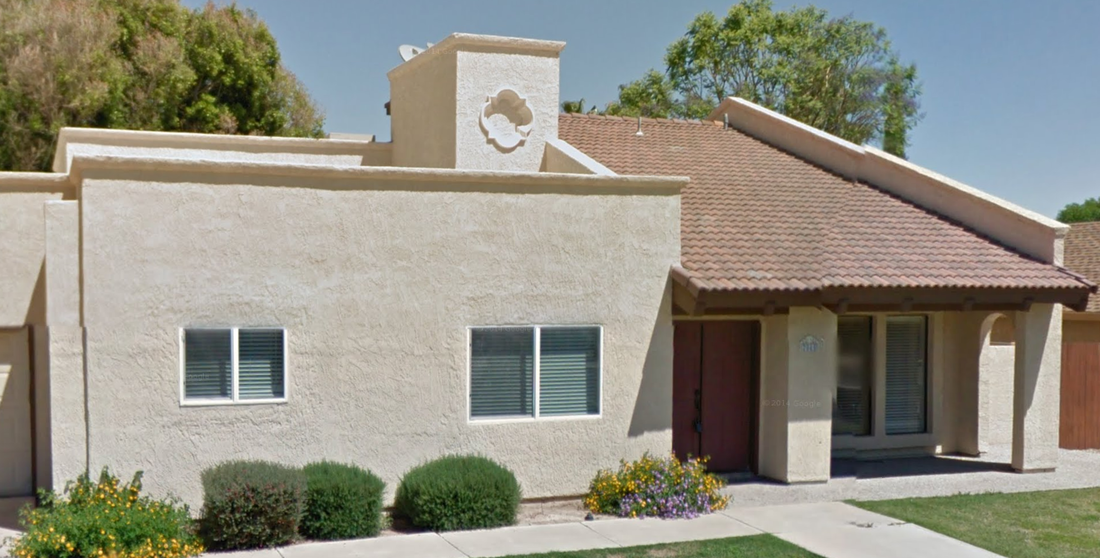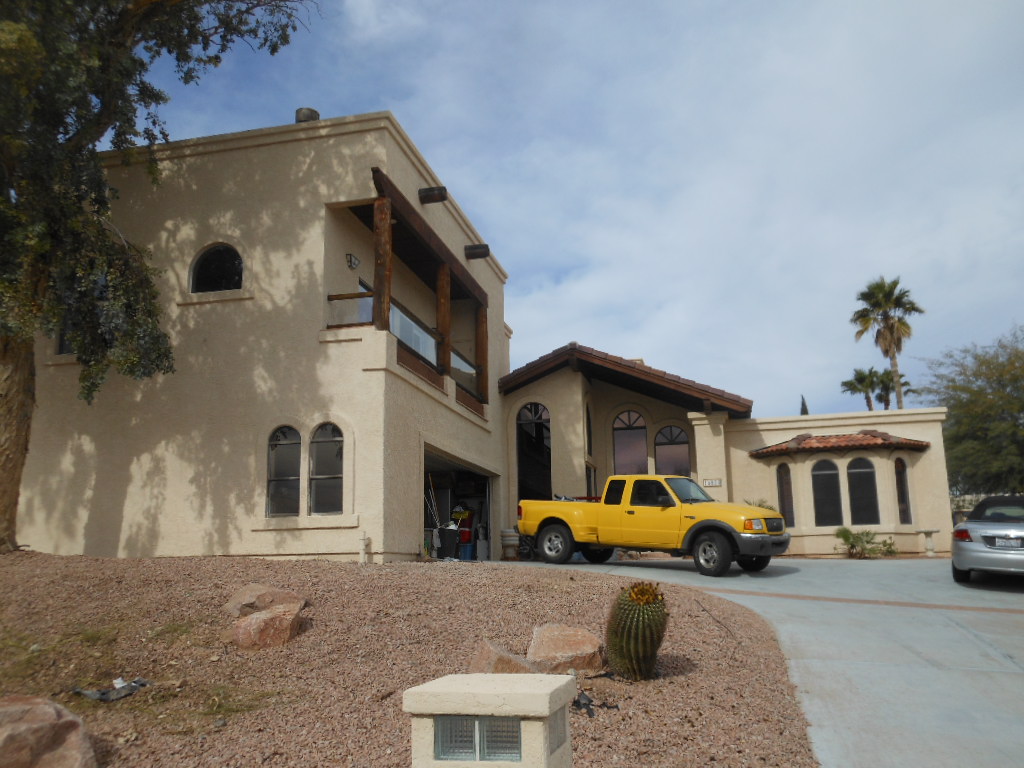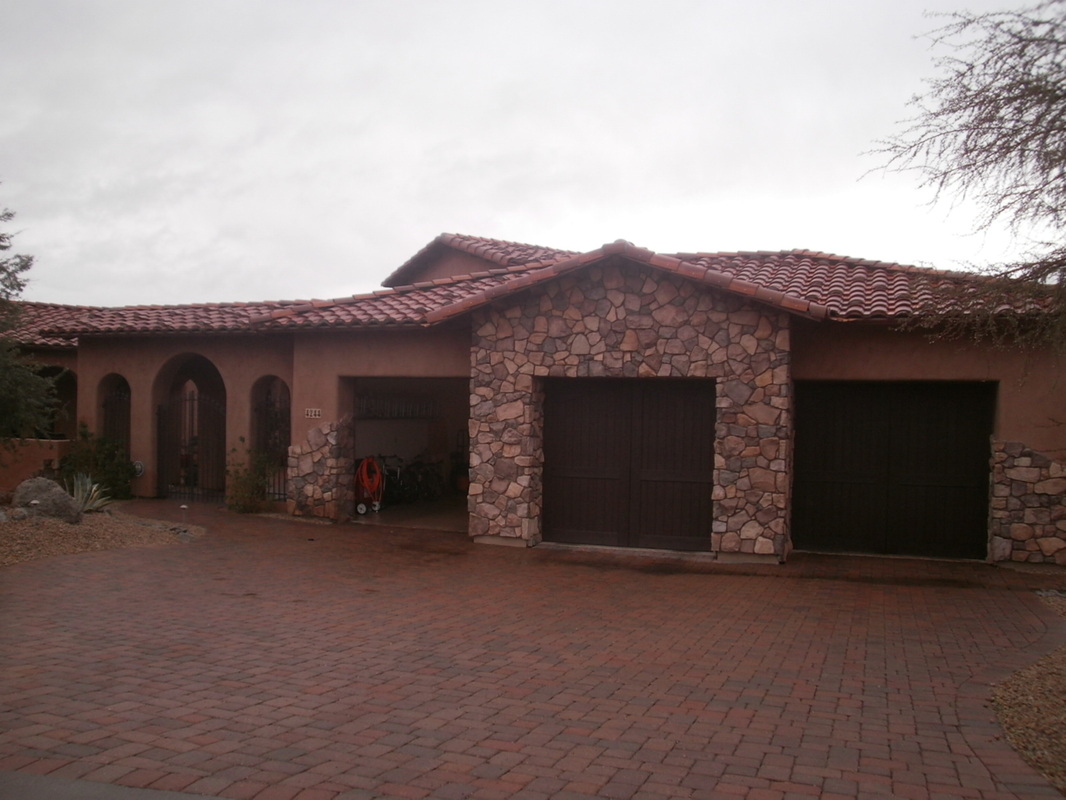|
Congratulations on choosing a variable speed pool pump over a single speed pump. Single speed pool pumps have been outlawed in several states and Arizona will follow in 2014 (for good reason too!). Variable speed pool pumps are proven to use 80% less energy, are quieter, last longer and leave you with a cleaner pool than its single speed counter part. Variable speed pool pumps slow down the RPMs of the pump motor to have you hundreds of dollars a year, it's comparable to driving a Pruis versus a dragster to the grocery store. The magnetic drive is super quite and your pool is actually left cleaner because the water spends more time overall circulating and passing over the pool filter. To fully realize the potential of your variable speed pool pump you will want it properly calibrated. A variable speed pool pump left uncalibrated can end up costing you money if left unchecked. Their are several items that go into a pool pump calibration including: 1. Pool volume 2. Type of filter and cleaning system 3. Static pressure of the suction and discharge lines 4. Hours of operation 5. Amperage and watts used of the variable speed pool pump Both APS and SRP follow the National Sanitation Organization guidelines for pool pumps, stating that for a clean pool, the pump needs to turn the pool over completely once a day. If the pump turns your pool over more than once per day on a regular basis, that is overkill and wasting energy. If we have a dust storm, of course you should run the pump more, but certainly not everyday. Unfortunately, a variable speed pool pump calibration cannot be completed without suction, vacuum gauges, and a watt meter, but homeowners can make some headway by following these guidelines. Use the following as reference starting points: • 1200 RPMs is the base starting point for filtration for Pentair pumps. Produces 30-42 gallons per minute • 1400 RPM is the base starting point for filtration for Hayward and Jandy pumps. Produces 40-45 gallons per minute • 1800 RPM is the base starting point for suction-side cleaners for all three variable speed pumps. Produces 65-80 gallons per minute • 2600 RPM is the is the base starting point for in-floor cleaning systems for all three variable speed pumps. Produces 70-85 gallons per minute
The Department of Energy also publishes a good resource for more information at the link below. http://www.nrel.gov/docs/fy12osti/54242.pdf You can also download the IntelliFlo pump curve below. Here is the Hayward variable speed pool pump curve. Good luck and happy savings! Contact us if you would like to schedule a home energy audit to see where you can even more on your energy bills.
Restrictive stamped face registersHigh flow registersHVAC technicians measure a standard set of items when performing an AC tune-up, such as a temperature split, electrical measurements, and refrigerant charge are pretty basic. If you get a technician who has some experience under his belt (or who cares enough) he may measure your static pressure, but by doing so he is potentially opening a cans of worms for himself and stepping into the world of home performance (what Green ID is about). I say a "can of worms" because now he may have to actually crawl past the attic hatch and do some sleuthing of your ductwork, checking for things he normally doesn't check for and making recommendations that are not on a standard price sheet. A high static pressure means that there are restrictions on your supply ducts (the ones pushing air out and cooling your home), or that there too many restrictions on the return side (the registers where you change the air filter). High static pressures are a major cause for early compressor failures. Lucky for you, there is an easy check to see if you have duct registers that are restrictive or not. A super easy check every homeowner can do is to simply check what kind of registers you have on the ceilings and walls. Believe it or not, the style of register you have has a huge impact on how effectively your heating and cooling runs. Restrictive supply registers will cause your air to back flow through the ductwork, creating imbalances and overworking the AC unit. A restrictive return grille or register will not bring enough return air into the system (or out of the other side), effectively starving the unit of air. How often do we find these restrictive registers during our APS and SRP home energy audits? More often than you think, about 8 out of 10 homes have a restrictive return grille. 4 out of 10 homes have restrictive supply registers. Stamped faced registers have fixed or semi-fixed grilles that are "stamped" on. The grilles are characterized by smaller openings at sharp angles, almost parallel to the floor. They not only restrict the airflow out of the the register, but also they can't be adjusted to redirect the air. High flow registers aka bar type grilles or opposing blade dampeners have fewer grilles, are spaced out less frequently and are sometimes even fully adjustable. They let a significantly more amount of air to pass through, making your heating and cooling system work less to keep the home at a comfortable temperature and humidity. By simply switching your registers you can achieve greater comfort with higher airflow's into and out of the system. Test your knowledgeCan you guess which registers below are stamped faced registers and which ones are high flow registers? Take your best guess and leave us a comment below.
|
Sign Up For Your Home Energy AuditFIND YOUR HOME TYPERanch HomesSingle Story, Spec HomesTwo Story, Spec HomesTri-Level HomesPre-1990 Custom HomePost-1990 Custom HomeDon't See Your Home? Find Your City Below!Archives
April 2024
Copyright Notice©2009 – 2023
All Rights Reserved |


